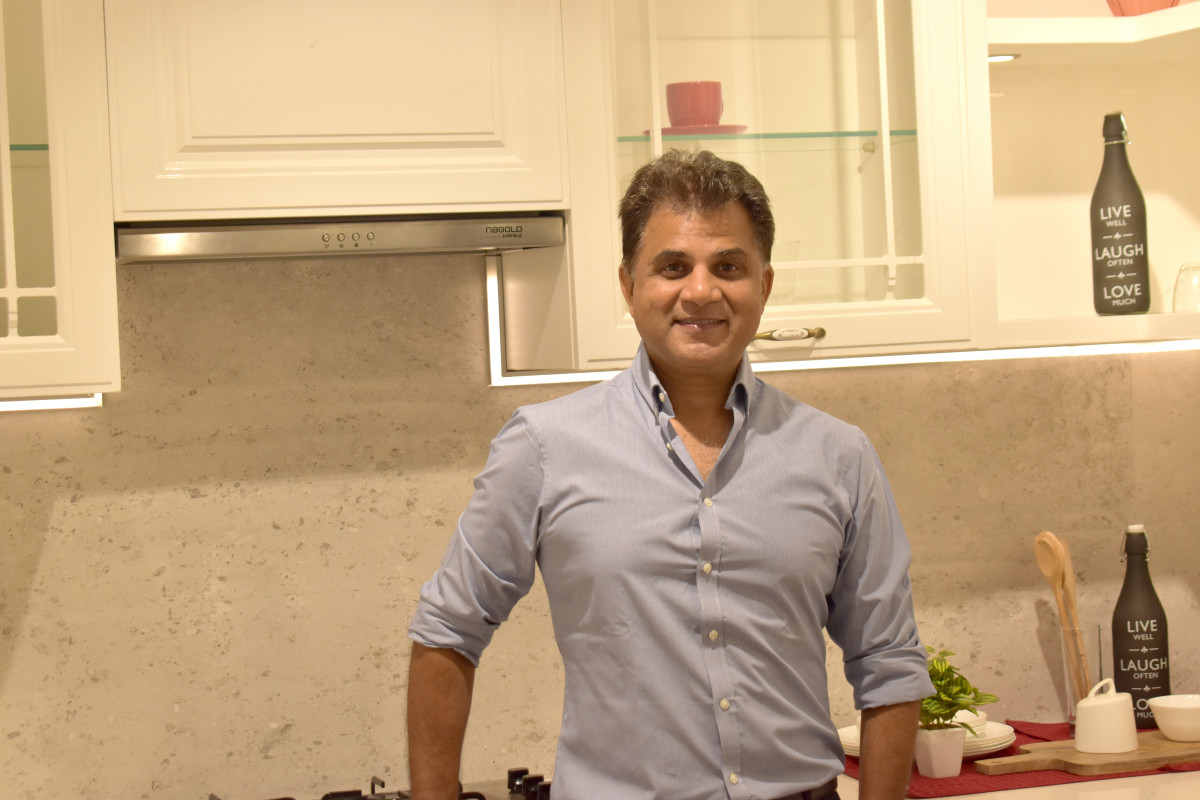
The second wave of pandemic in India revealed an interesting phenomenon which is predisposed to becoming a norm in the real estate construction sector, in India. We are all observing that in record times hospitals and quarantine facilities are being set up and these are of good quality, clean, hygienic, safe and even of contemporary designs. The overnight structures may have a shorter life span but that does not remove us from the fact that pre-fabricated, modular construction materials have been around for some time and now it would enter mainstream construction activities in a much more aggressive manner, giving way to a new method of doing things.
Especially in a scenario, when the Indian real estate development and construction sector – the country’s second largest employment generator, is reeling with a double impact of slowed economy and mass exodus of its employees. Considering that the investor enthusiasm has not died down and Q1 ’21-’22 is seeing some positive trends with a set back in the wake of the second wave, analysts are pretty expectant of the real estate market in India with upward trends being led by millennial and NRI buying. Having said, now the onus is on developers to complete pending projects and creating close-to-ready inventory that is observed to be more pliant in buying trends rather than buyers being “stuck” in projects that take a long time for completion. In a situation like this, the pre-fabricated, modular construction materials would come to the forefront and we are looking at some trends that would pave the way!
Kitchen and Bathroom pods
Companies are now offering prefabricated kitchens & bathrooms that are already designed and ready-to-fit, just like Lego blocks. These pre-built structures come with their own plumbing and electrical fittings unique to the requirement of the structures and then fitted to the main apartment frame work. Available in a number of configurations, these could be highly adaptive to all types of residential development projects.
Pre-Hung doors
One of the biggest benefits of pre-hung doors is the range of customisation available to developers and the fact that they come with a ready to fix door frame, which can help save a lot of ‘building’ time and enhance the aesthetics. With factory made precision, developers can choose from existing product range or request for a bulk customisation, depending on project requirements. What’s more, manufacturers of pre-hung doors also provide timely delivery and on-the job experts who install the doors at the site, in record time, maintaining utmost quality control, and efficiency, leading to a perfectly finished project. There are some brands that are available in the market that are acclaimed for their quality aesthetics and ready-to-install solutions.
Light-weight steel frames
Acclaimed for its versatility, steel frames are a favourite of developers, since these could be used in a range of building types from low rise to multi-storey, multi-occupancy. Without pillars, beams, wall panels and terrace blocks could be just added. The lightweight characteristic of the construction is crucial to minimising the loads on the supporting structure
3D printing
The Indian real estate and construction industry is cautiously approaching this but there are projects that are underway. It is expected that automotive, healthcare, housing, and defence are some of the areas where 3D printing would make major headways in India. Having said, equipment, and manufacturing costs could be a major deterrent in the future of construction where 3D printing could be used to create construction components or even “printing” an entire building!
In conclusion
Pre-fabricated or pre-built structures, reduce construction time and the massive dependency on human labour, for timely completion of projects, especially in India. Moreover, these structures actually work out to be more economically than the traditional way, in both short-term building costs and the long term durability of the structure. Quality wise too, pre-built structures show better performance as factory or assembly-lined produced homes are manufactured to stricter norms. Though not entirely new to the Indian construction-scape, it is off late that the materials and components are now catching the attention of also the user stakeholder group. It will not be late when the buyer will ask for customisation and actually be participative in the construction of the house/structure that she/he is buying.
Kirit Joshi is the Co-Founder and Director of Spacewood Furnishers. Views expressed are of authors